TRAI moves towards interoperability of set top boxes
Telecom Regulatory Authority of India (TRAI) has taken up the issue relating to development of interoperable set top boxes (STBs) in the digital television broadcasting sector that should be compatible across various platforms. The Authority has decided to issue a pre-consultation paper to identify various issues related to interoperability of STBs, challenges and concerns of the industry.
Written comments on the pre-consultation paper on STB interoperability from various organisations, industry bodies, standardisation bodies, STB manufacturers, chip vendors, Conditional Access System (CAS) providers, software providers, stakeholders, experts, individuals, etc., are solicited so that various issues can be identified and suitable solutions to implement STB interoperability can be worked out. Last date for receiving comments is April 29, 2016.
India has a large base of pay TV subscribers. Predominantly, the pay TV services are being delivered through Cable TV and Direct to Home (DTH) systems. Other modes of TV broadcasting such as Internet Protocol TV (IPTV), Head-end In the Sky (HITS) have miniscule subscriber base as compared to the Cable TV and the DTH systems. There are six pay DTH operators, two IPTV operators, two HITS operator and large number of Multi System Operators (MSOs) providing TV services through Addressable Systems in the country.
The reception of the Cable TV services (provided through Digital Addressable Systems) and DTH services requires a Customer Premises Equipment (CPE) which is connected with the TV set. In DTH, the CPE comprises a Set Top Box (STB), a small Dish antenna along with LNBC and RF cable; whereas in Digital Cable TV services, the CPE comprises of STB only. Presently the CPE (mainly the STB) of a particular operator installed at the premises of a subscriber cannot be used by the subscriber for reception of signals of the other operators. In such a scenario, every time when a subscriber wants to avail the services of the new operator he buys again a new STB. This phenomenon is referred to as non-interoperability of STB. STB is non-interoperable and is tied to specific operator due to various technical, commercial and market driven reasons. The commercial implications of non-interoperability of STBs are huge. As per the report submitted by DTH Operators to TRAI, as on December 2015, around 85 million of STBs have been either sold or provided to the subscriber in the market, out which only around 55 million are in active mode. This indicates that around 30 million STBs are lying idle or unused, mainly because of non-interoperability of STBs.
Since the inactive STBs cannot be used for reception of services of the other operator, the money invested into the STB go waste and it also results in e-waste. Considering an initial capital expenditure around $ 25 per STB, a total of $750 million capital is lying unused. The exact data in respect of Cable TV services is not available but it is anticipated that the numbers of inactive STBs are very large.
Interoperability of CPEs plays an important role for the growth of any sector. Consumers have today tasted the freedom due to interoperable mobiles and Personal Computers. It is difficult now to visualize a locked world in broadband and mobile services. But, the same is not the case with STBs. The same STB cannot be used interchangeably across the different service providers. Although all STBs used for pay-TV services perform essentially the same functions – they remain distinct from each other, as if they were different equipment. The non- interoperability of STBs between different service providers has not only compromised the competition in the Pay-TV market but also a major hindrance to technological innovation, improvement in service quality and sector growth. Besides this, the Operators have been claiming that they are giving huge subsidy to the consumers for providing STBs; the interoperability of STBs will also reduce the burden of subsidy to great extent.
STB interoperability would empower the consumers to change their cable TV (or DTH) service providers whenever required, without changing their STBs and without any major cost implications. This would shift the focus of the sector towards providing better quality of services to the consumers at competitive prices. Implementation of STB inter-operability, will also make them available in the open market, will drastically reduce cost, and address the challenge of e-waste resulting due to discarded set-top-boxes. Availability of set-top-box in open market will reduce capital requirement of service providers and improve the cash flow position of the industry.
Issues relating to STB interoperability
Broadcasting of TV signals over distribution networks involves various steps like compression, encryption, transmission etc. For each purpose, different-different technologies and their versions have evolved over a period of time. The rules and regulations prescribed by the Government and the Regulator provide freedom of choosing technology to service providers. Accordingly, as per their business plan, individual service provider has chosen and implemented different technologies and their versions. The adoption of different-different versions of technical standards by service providers is one of the reasons for non –interoperability of STBs.
The issue relating to technical interoperability mainly hover around the question of interoperability of STBs, between two platforms – viz., DTH and Cable; and question of interoperability of STBs within the same platform, that is, with in Cable or DTH systems. Further, within a platform, there could be a question of interoperability of STBs across the different service providers using the same make of CAS. Presently, STB interoperability is not functional at any level.
Main technical reasons of STB Non-interoperability can be attributed to the following reasons:-
1. Different methods of EMM & ECM encryption: ECM and EMM messages are carried in an encrypted form. Whereas DVB has standardized the scrambling algorithm for scrambling of a channel (DVB-CSA), algorithms used for ECM/ EMM encryption are not standardised.
2. Different Modulation standards: The signals are modulated before transmission. In cable the signal is modulated using DVB-C standard whereas the signal is modulated using DVB-S standard in DTH. For a STB to be able to receive signal both from DTH and cable, there will be a requirement of switchable demodulator unit. Further, efficient versions namely DVB-C2 and DVB-S2 have been deployed by the operators. While the later versions are backward compatible, earlier versions are not forward compatible. Therefore, it restricts the STB interoperability across the platforms as well as within the same platform using different versions of standards.
3. Different compression standards: In digital TV transmission, compression plays a very important role. There are two prominent compression standards in use today. In India, most of the operators have used, either MPEG2 or MPEG4 standard for compression. In cable TV sector, due to cost advantage and availability of sufficient bandwidth in the network, most of the STBs deployed till now are of MPEG2 standard. While the MPEG4 standard is backward compatible, MPEG2 standard is not forward compatible. Therefore, MPEG2 compliant STBs cannot work in the MPEG4 networks.
4. Operating System/ Middleware and EPG (Electronic Program Guide) Boot loaders are specific to chip vendors and it allows the updating of STB software by specific operators after proper verification. There is no standard operating system for STBs. DVB has developed Multimedia Home Platform (MHP) as a standard for middleware. However the same is not popular. Proprietary middleware, with non-standard APIs, are in use. It ensures that, the application software can be updated by specific operators only. Special end user applications like EPG installed over middleware are also unique for each operator.
The pay TV service providers are concerned about the piracy of content. They have expressed their apprehension about fake STBs that may be used to capture information from a valid smart card and that information may be misused to produce fake/clone smart cards. Further, the stakeholders have raised their concern about the common scrambling algorithm (DVB-CSA) which is a 48 bit scrambling mechanism, and can be broken with the help of high capacity processors. Therefore, the service providers are reluctant to use DVB-CSA. Operators due to the concerns of piracy make the STB tightly coupled by integrating the Conditional Access Sub System into the chip.
All these becomes an impediment when a subscriber wishes to migrate to a different service provider while attempting to use the same STB, and leads to concerns relating to technical interoperability.
Steps taken by TRAI for interoperability of STBs
Interoperability of DTH STBs: Based on the recommendations of TRAI, for technical interoperability of STBs, the Government has mandated the provision of CI slot in the STBs deployed by DTH service providers. The CI slot exists in the already deployed DTH STBs. However this effort has not been fruitful in meeting the objective of interoperability in India due to various reasons, some of which are captured below:
1. The availability of CI slot alone is not sufficient to achieve effective technical interoperability as other modules of STB like tuner, middleware, Operating System; EPG etc. also require updation on change of service provider.
2. DTH operators are following different versions of standards for compression, and transmission.
3. Most of the DTH operators have not offered to customers the option of CAM card in place of STB.
4. The cost of CAM card is more or less equal to the new STB. It may be due to non-availability of economies of scale.
Commercial interoperability of STBs: TRAI has notified Tariff Order prescribing Standard Tariff Package for STBs, which provide an easy exit option to the consumers, who want to change their service providers due to one reason or the other. The Tariff Order, applicable for DTH is sub-judice.
There can be various possible solutions. However, before starting any discussion on the possible solutions, it will be desirable to seek the comments of the stakeholders on various issue of the concern, likely methods to ensure set top box interoperability, common minimum agreement of adoption of any specific standards and the way forward. Some basic issues have been raised in this pre-consultation paper. However, stakeholders are free to give any relevant feedback for the development of technical interoperability both within specific segment (Cable TV and DTH) and across the segments (Among Cable TV and DTH operators).


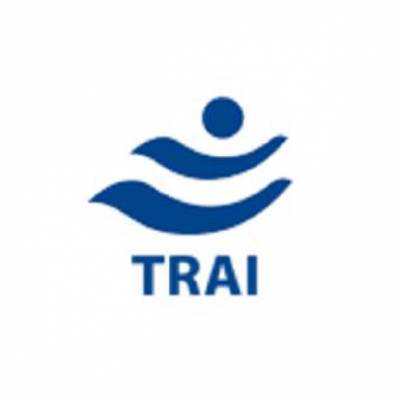
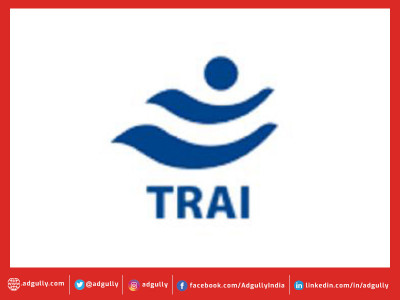
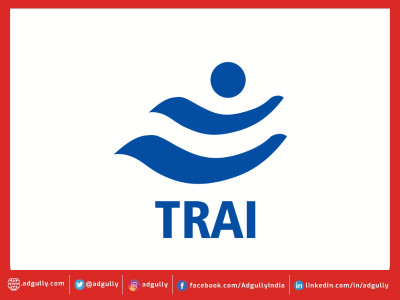
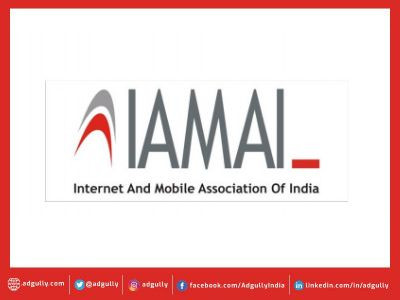

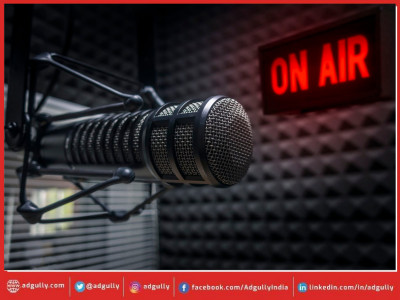

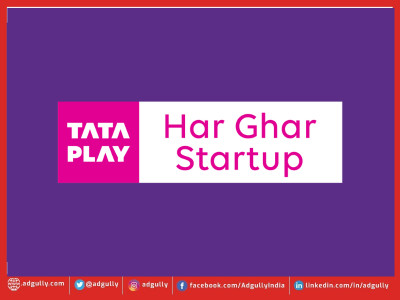
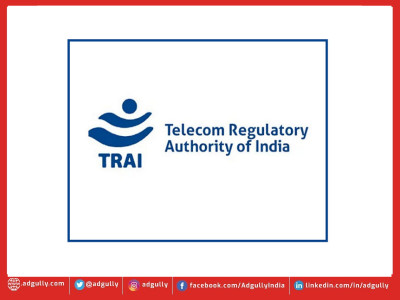
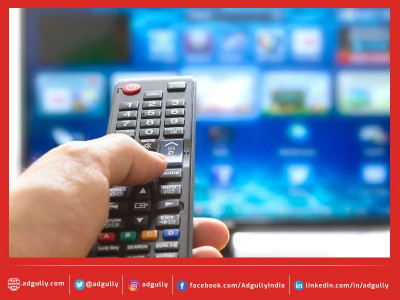

Share
Facebook
YouTube
Tweet
Twitter
LinkedIn